Purchasing a digital piano keyboard is an exciting milestone in your musical journey. Whether you’re a beginner or transitioning from an acoustic piano, mastering the digital piano keyboard will elevate your skills and enhance your appreciation for this versatile instrument. This comprehensive guide is designed to help you become proficient while enjoying every step of the process. From setup tips to advanced techniques, we’ve got you covered.
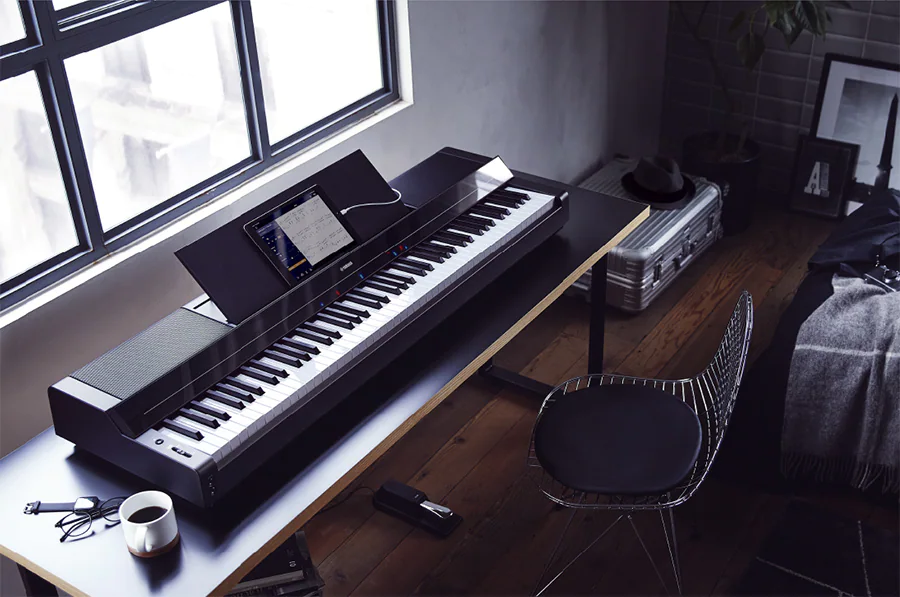
Why Choose a Digital Piano Keyboard?
Digital piano keyboards offer numerous advantages over their acoustic counterparts. These include portability, affordability, and the ability to connect with other digital devices. If you’ve invested in one, you’re already ahead in adapting to modern music-making tools. Plus, with accessories like a sturdy piano bench, you’re setting the stage for comfortable practice sessions.
Advantages of Using a Digital Piano Keyboard
- Portability: Easily move your digital piano keyboard wherever inspiration strikes. Whether it’s a family gathering, a studio session, or a solo performance, this portability ensures you never miss a moment to create music.
- Variety of Sounds: Digital piano keyboards allow you to explore a world of sound, from classic piano tones to organs, strings, and synths. This versatility inspires creativity and helps players experiment with different genres and styles.
- Recording Capabilities: Capture every nuance of your performance with built-in recording features. This function is invaluable for self-assessment and preserving your musical ideas.
- Volume Control: Adjustable volume settings and headphone compatibility make it possible to practice at any time without disturbing others. This feature is especially useful for students or late-night creators.
- Connectivity: With MIDI and USB connectivity, your digital piano keyboard integrates seamlessly with software and other devices. Expand your skills into digital music production or live performances.
Why a Digital Piano Keyboard Is Perfect for All Skill Levels
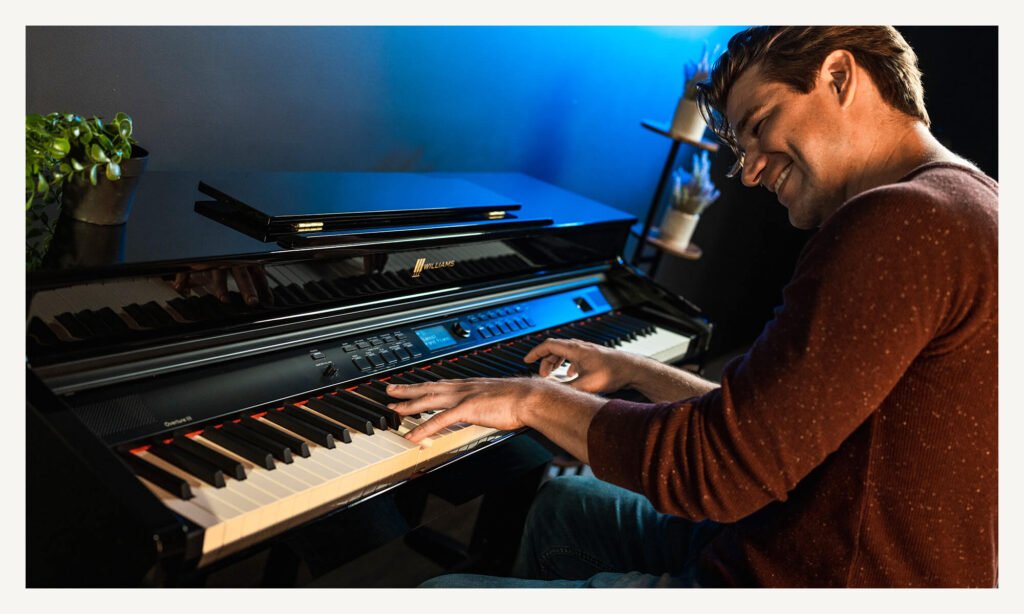
Beginners appreciate the user-friendly features of a digital piano keyboard, such as guided lessons and built-in tutorials. Intermediate players benefit from dynamic sound options, while advanced musicians explore intricate compositions using custom tones and layered tracks. A high-quality piano bench completes the setup, encouraging optimal posture and focus.
Setting Up Your Digital Piano Keyboard for Success
Before diving into playing techniques, setting up your digital piano keyboard is crucial. A proper setup ensures comfort and prevents long-term strain, helping you focus entirely on your music.
Choosing the Perfect Piano Bench
A comfortable piano bench is essential for maintaining proper posture. Look for an adjustable bench to suit your height and provide adequate support. Sitting correctly allows your hands to move freely across the digital piano keyboard and prevents fatigue. Remember, the right piano bench can transform your practice sessions, improving your endurance and technique.
Positioning Your Digital Piano Keyboard
- Place the keyboard at a height where your forearms are parallel to the ground, ensuring natural hand movements.
- Ensure proper lighting to read sheet music or view the keyboard clearly. If needed, invest in a music lamp.
- Maintain a clutter-free area to avoid distractions during practice. Organize your accessories for quick and easy access.
Essential Accessories
To fully utilize your digital piano keyboard, consider these must-have accessories:
- Sustain Pedals: Enhance your playing with smoother transitions and sustained notes.
- Headphones: Invest in high-quality headphones for private practice and immersive sound.
- A Metronome: Keep time with this indispensable tool, available as a built-in feature or standalone device.
- Music Stand: Use a sturdy stand for sheet music or tablets displaying tutorials.
Mastering Basic Techniques on a Digital Piano Keyboard
Every professional pianist starts with the basics. The digital piano keyboard may seem daunting initially, but consistent practice will build your confidence. With patience and dedication, these foundational skills will become second nature.
Familiarizing Yourself with the Keyboard
Digital piano keyboards typically have 88 keys, just like an acoustic piano. Familiarize yourself with their layout:
- Identify middle C as your starting point. Use it as a reference for navigating the keyboard.
- Note the repeating pattern of white and black keys. These patterns correspond to musical scales and chords.
- Experiment with the different tones and sounds available on your instrument. Explore various settings to understand how each function can enhance your music.
Hand Positioning
Proper hand positioning is key to fluid playing:
- Curve your fingers slightly and keep your wrists relaxed. This reduces tension and improves precision.
- Avoid stiff arms; flexibility is crucial for smooth transitions between keys.
- Practice finger exercises, such as scales and arpeggios, to improve dexterity and strength. Use slow, deliberate movements to build muscle memory.
Understanding Musical Notation
Learning to read music will expand your repertoire and understanding of the instrument. Start with simple songs and progress to more complex pieces. Many digital piano keyboards include tutorial features to guide you through sheet music.
Developing Your Skills
As you grow comfortable with the basics, it’s time to explore intermediate and advanced techniques. A digital piano keyboard offers tools and settings that make this journey exciting.
Using Built-In Features
Take advantage of the advanced features your digital piano keyboard offers:
- Metronome: Use the built-in metronome to develop a sense of rhythm. Gradually increase the tempo as you improve.
- Layering Sounds: Experiment by layering different instrument tones to create unique soundscapes. Combine strings with piano or mix percussive elements for depth.
- Recording Functionality: Record your practice sessions to identify areas of improvement. This feature is also useful for capturing spontaneous creative moments.
Practicing Chords and Progressions
Learning chords is fundamental to playing like a pro. Start with major and minor triads and progress to seventh and extended chords. Use your digital piano keyboard’s chord recognition feature to ensure accuracy. Practice common progressions like I-IV-V-I to build familiarity with popular music structures.
Expanding Your Repertoire
Explore various genres, from classical to jazz and pop. Playing different styles broadens your musical perspective and improves adaptability. Use online tutorials, sheet music, or built-in lesson modes to learn new pieces.
Tips for Advanced Playing Techniques
Dynamics and Expression
Playing expressively distinguishes an amateur from a professional. Use the touch sensitivity feature of your digital piano keyboard to practice dynamics:
- Play softly (piano) and loudly (forte) to understand the range of your instrument.
- Incorporate crescendos and decrescendos for emotional impact. Experiment with phrasing to convey mood and storytelling.
Improvisation and Composition
Leverage the digital piano keyboard’s wide array of sounds to explore improvisation. Compose your melodies and use onboard recording to refine them. Improvisation fosters creativity and enhances your ability to think musically in real-time.
Connecting to Software
Modern digital piano keyboards can connect to music software like GarageBand or Ableton. This opens up endless possibilities for composing, editing, and sharing your music. Learn basic audio editing and arrangement techniques to produce polished tracks.
Maintaining Your Digital Piano Keyboard
Caring for your instrument ensures it remains in top condition for years.
Cleaning Tips
- Wipe the keys with a soft, damp cloth after each session to remove oils and dirt.
- Dust the body regularly to prevent build-up. Use a microfiber cloth for delicate surfaces.
Regular Updates
Check for firmware updates to enhance your digital piano keyboard’s functionality. Updated software often includes new features and bug fixes.
Storage
Store your digital piano keyboard in a dry place and use a cover to protect it from dust. Avoid exposing it to extreme temperatures or humidity.
The Role of a Piano Bench in Professional Playing
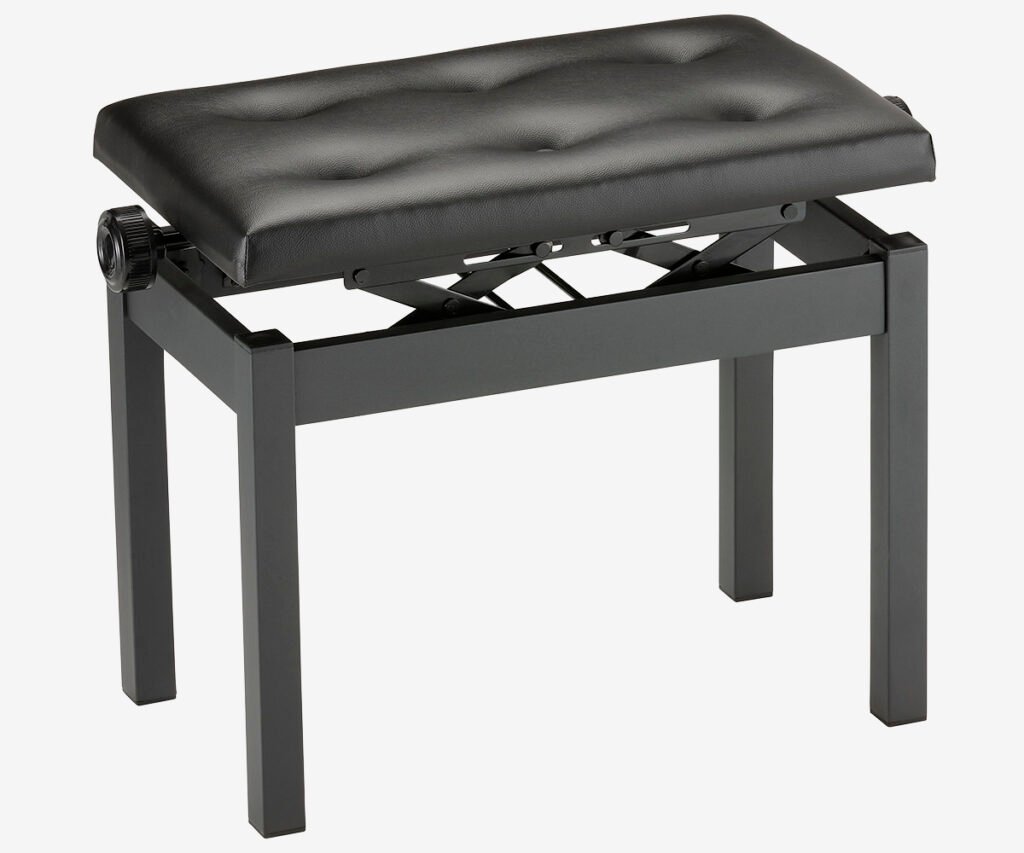
Many overlook the importance of a quality piano bench, but it plays a vital role in professional playing. Proper seating improves posture, reduces strain, and allows for seamless movement across the keyboard.
Features of a Good Piano Bench
- Adjustability: Accommodates players of different heights. An adjustable bench supports correct posture and prevents fatigue.
- Cushioning: Provides comfort during long practice sessions, encouraging extended focus.
- Durability: Ensures stability and longevity. Look for a bench made from sturdy materials with a high weight capacity.
Investing in a premium piano bench complements your digital piano keyboard and enhances your playing experience. Pair this with ergonomic considerations to achieve the ideal setup.
Inspiring Pride in Your Digital Piano Journey
Every great pianist started with a single note. By committing to practice and exploring the features of your digital piano keyboard, you’re on your way to joining their ranks. Here’s why you should feel proud:
- Adaptability: You’re mastering an instrument that bridges tradition and technology.
- Creativity: You’re exploring endless musical possibilities. Your compositions and improvisations are a testament to your artistic growth.
- Progress: Every chord, scale, and piece you learn is a testament to your dedication. Celebrate each milestone, no matter how small.
Additional Resources for Aspiring Pianists
To further your journey, consider exploring these resources:
- Online Tutorials: Platforms like YouTube and MasterClass offer step-by-step guidance.
- Sheet Music Archives: Websites such as IMSLP provide free access to classical and contemporary pieces.
- Community Forums: Join forums and social media groups to connect with fellow enthusiasts.
- Music Theory Books: Enhance your understanding of theory to enrich your playing.
Conclusion
Using a digital piano keyboard like a pro is within your reach. With consistent practice, attention to technique, and the right tools—like a reliable piano bench—you’ll unlock the full potential of your instrument. Celebrate your progress, experiment with creativity, and take pride in your musical journey. Your digital piano keyboard isn’t just an instrument; it’s a gateway to a world of music that’s uniquely yours. Embrace this adventure and enjoy every moment of discovery.
For further reading : Piano
For more articles : https://pianopassion.org/
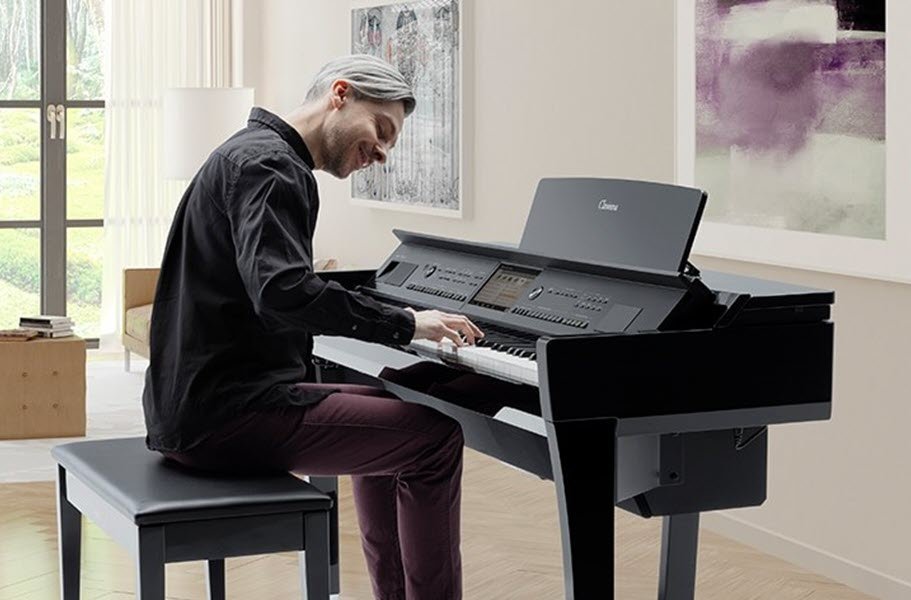





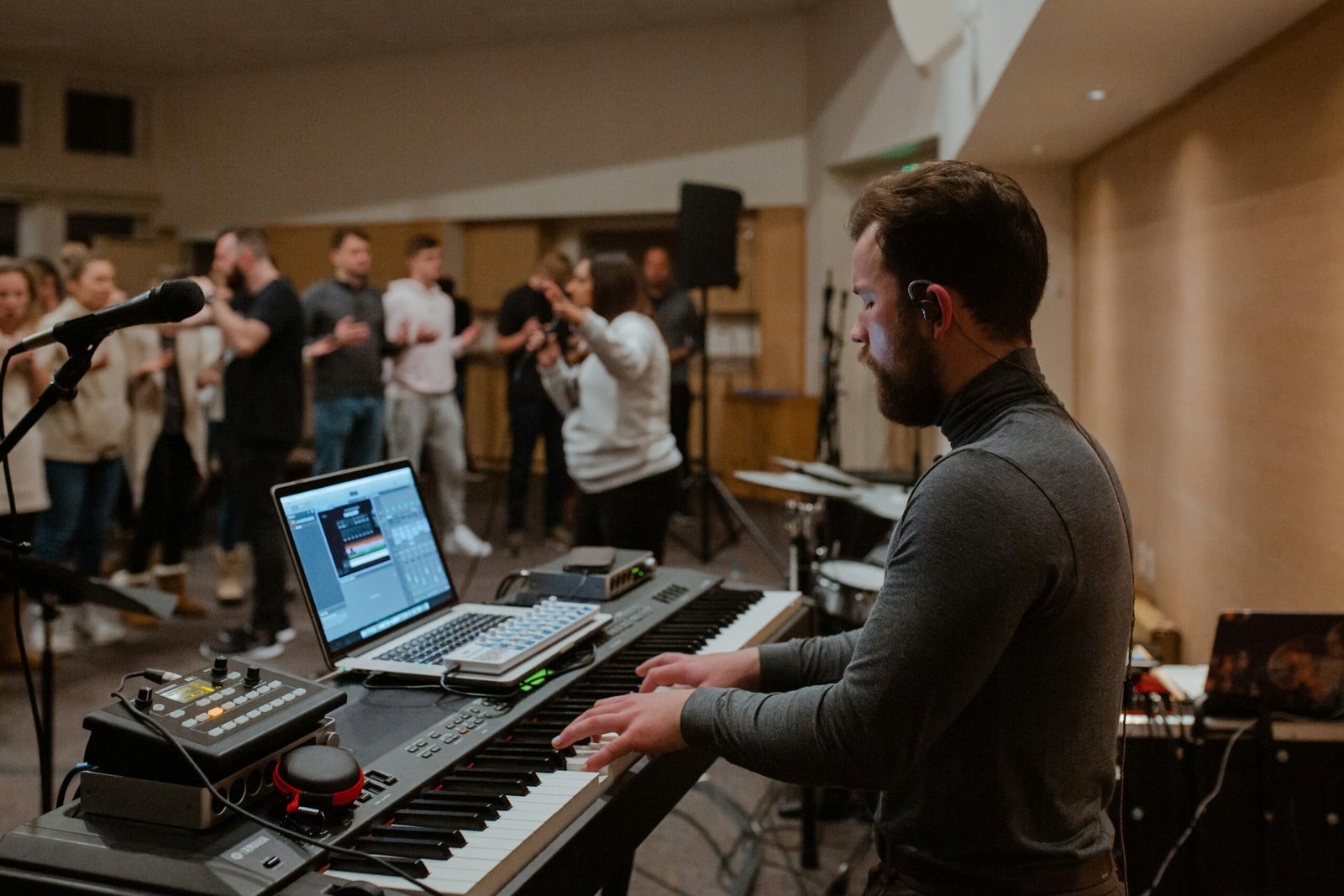
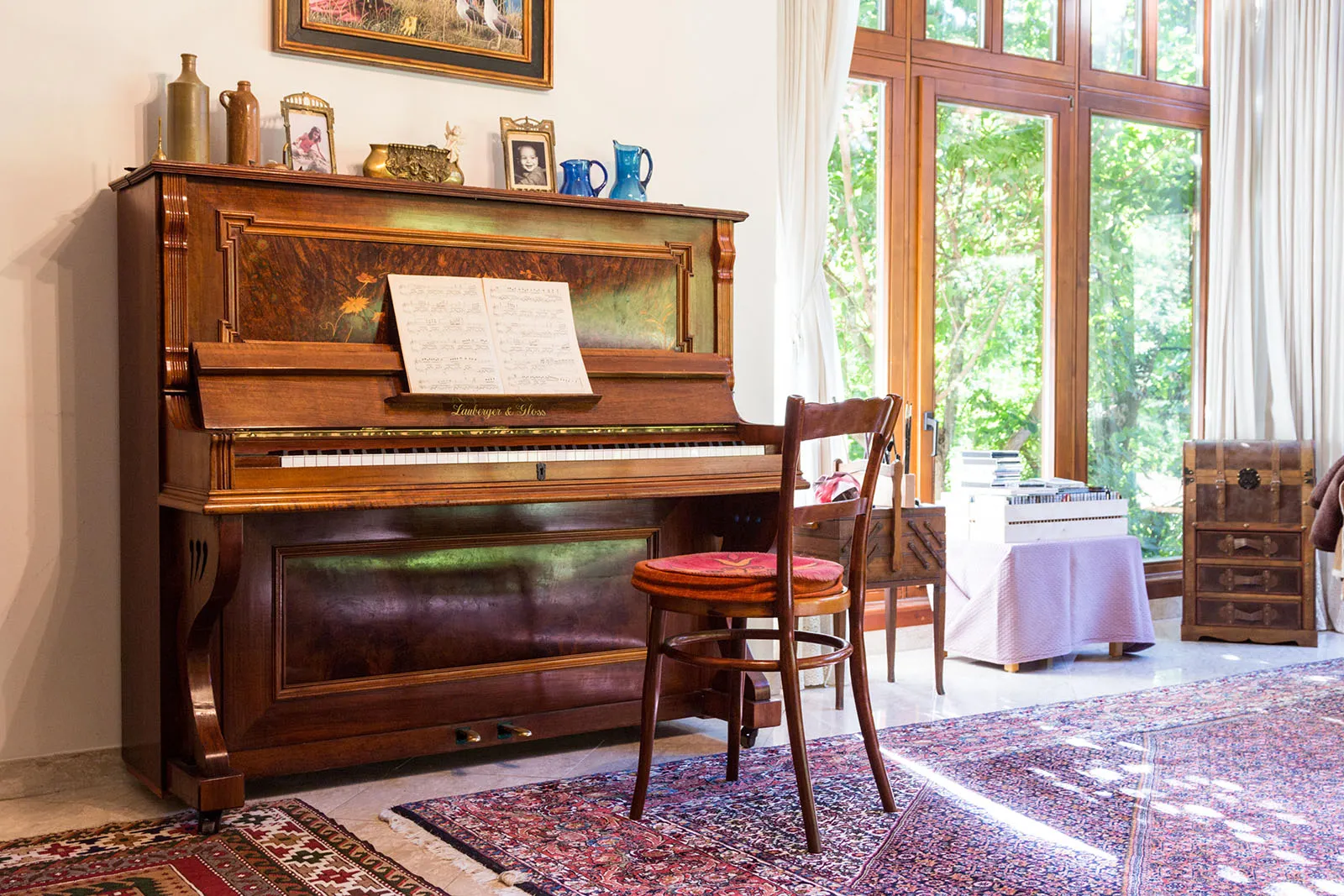


Leave a Reply